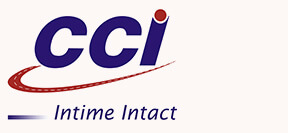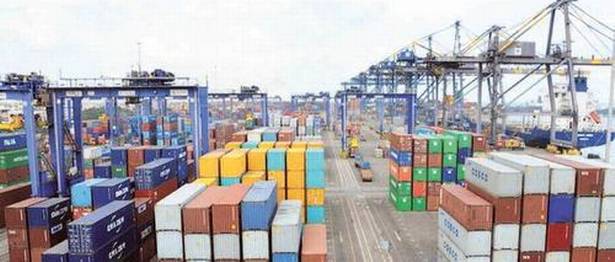06
Aug
2019
Shipping Ministry floats new plan to settle past surplus of PPP cargo terminals
The shipping ministry has floated a proposal to sort out the past surplus, worth over ₹2,500 crore, earned by some of the earliest private cargo handling terminals at major port trusts whose mandatory rate revisions of every three years have been delayed by more than seven years. This was due to court cases filed against tariff cuts ordered by the port regulator.
The move comes after the ministry issued new rate setting guidelines in March this year for terminals governed by the 2005 rate norms, rectifying many of the contentious issues that were at the centre of a confrontation between them, the ministry and the Tariff Authority for Major Ports (TAMP).
New rate norms
The new rules, though, would be applied for future rate revisions of 14 older terminals such as the Nhava Sheva International Container Terminal (NSICT), Gateway Terminals India (GTI), Chennai International Terminals (CITPL), Chennai Container Terminal (CCTL), among others.
These terminals have filed writ petitions seeking a stay on the steep rate cuts ordered by TAMP in 2012 and the courts in their respective jurisdictions have allowed them to continue charging the rates prevailing prior to the regulator’s orders till the cases are decided.
The new rate norms say that the surplus/ deficit over and above the admissible costs and permissible return, if any, arising during the period of litigation will be subject to the orders of the respective courts. “Alternatively, the shipping ministry, major port trusts and BOT operators concerned and TAMP may decide on the treatment of past period surplus arising during the period of litigation,” it said.
The surplus, according to the ministry’s proposal, will be worked out by scrutinising the audited accounts of the individual terminals since 2012, considering parameters such as actual revenue earned, less the operating expenditure, admissible royalty to be paid to the government-owned port authority and 16 per cent return on capital employed (ROCE) on the net block of assets.
Proposed options
The ministry has proposed two options to deal with the surplus.
First, is to follow the formula approved by the Attorney General, which now forms a part of the 2019 rate guideline for these terminals. Accordingly, 20 per cent of the surplus is allowed to be retained by the terminal operator. Of the balance 80 per cent, the operator will be allowed to retain half, ie 40 per cent, and the remaining half will be passed on to the users by way of a discount in future rates.
To illustrate, if the surplus earned by a terminal during the period works out to ₹1,500 crore, 20 per cent (₹300 crore) of that will be retained by the terminal operator. Of the remaining ₹1,200 crore (80 per cent of the total surplus), the operator can retain ₹600 crore (half of 80 per cent) while the balance ₹600 crore will be deducted from the future annual revenue requirement (ARR) of the terminal over a period of three or six years.
The second option suggested by the ministry is to allow the operator to retain half of the entire surplus and to set off the remaining half from the future ARR over a 3 to 6-year period, government sources said.
Among the new rate setting rules framed by the ministry and published in the Gazette on March 7, the most significant is to allow these older cargo terminals to set rates for services to the extent needed for meeting their annual revenue requirement (ARR), replacing the cost-plus model followed earlier. The ARR (a cap) will be the average of actual expenditure for the past three years plus 16 per cent return on capital employed (ROCE).
ROCE will be calculated on gross fixed assets – a departure from the earlier practice of computing the return on the net block of assets that led to diminishing returns for the operator with each passing year due to depreciation. It will also include capital work in progress and working capital.


